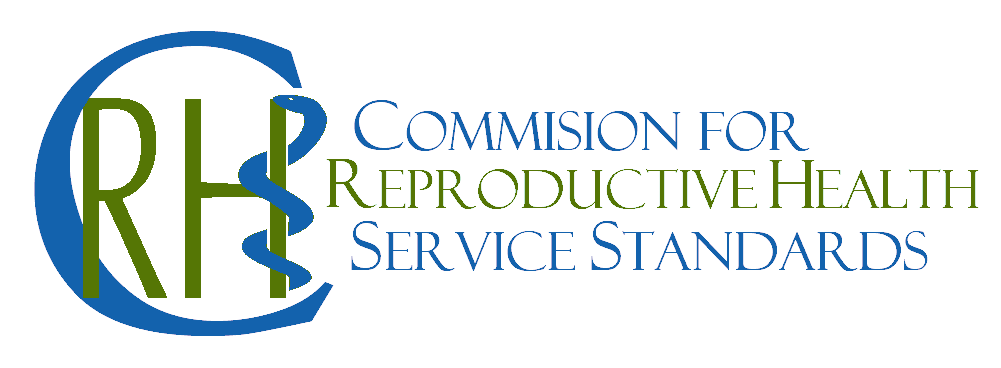After researching the Patient Protection and Affordability Care Act it seems that the following nightmare could become a common story:
A 69 year old post-menopausal woman named Martha walks into the office of her OB/GYN complaining of abdominal pain. Her doctor just joined a group of physicians responsible for the care of a group of 5000 people. The cost to maintain a private practice which all the requirements of the Health Information Technology (HIT) regulations impose prohibited her from remaining independent. Now this new group of physicians are allotted by the government Medicare program approximately five million dollars per year to manage the care of those 5000 patients. That’s an average annual treatment cost of $1,000 per patient. In order to receive high marks on a government run profiling system called the Physician Compare Program those doctors must keep their costs at or below the government allotment.
You might say, “So what? How would that new medical reality impact Martha? She still has her same old doctor and is still able to see that doctor.” Good question. Martha’s doctor runs a few tests, admittedly fewer than she would have normally run when operating her own private practice. One of the tests comes back positive: Martha has ovarian cancer. It is uncertain if the cancer has spread. It would require more expensive tests. The doctor’s time and those tests have already outpaced the $1,000 average annual patient cost allotment. The doctor knows that Martha believes her ultimate good is to be healed. When in private practice her doctor would have agreed with Martha and would have believed that Martha’s healing was the ultimate good for the medical practice as well.
 But now the doctor has other considerations encroaching on her mind besides the treatment of Martha. She is aware that ‘healing’ or bringing Martha back to wholeness will likely cost upwards of $10,000 including surgery and chemotherapy. Add to that no guarantee of healing and the fact that the average life expectancy for an American is 78. If Martha received no treatment the cancer may take several years to spread to the point of taking her life which brings her close to the average life expectancy anyway. So if Martha follows population averages it may not be cost effective to ‘invest’ the additional $10,000 in her cancer treatment and it certainly may not be worth risking her own reputation as a doctor in the government run profiling system the ‘Physician Compare Program.’ So what happens now? How much does the doctor tell Martha? Does she tell Martha the truth that federally mandated economic objectives for a population are determining what and whether Martha will receive in terms of medical care rather than her perceived notion of what’s good for her? Will the doctor even be able to articulate the reality or will she simply say, “There is nothing I can do,” implying to Martha that the caner, while treatable will take her life.
But now the doctor has other considerations encroaching on her mind besides the treatment of Martha. She is aware that ‘healing’ or bringing Martha back to wholeness will likely cost upwards of $10,000 including surgery and chemotherapy. Add to that no guarantee of healing and the fact that the average life expectancy for an American is 78. If Martha received no treatment the cancer may take several years to spread to the point of taking her life which brings her close to the average life expectancy anyway. So if Martha follows population averages it may not be cost effective to ‘invest’ the additional $10,000 in her cancer treatment and it certainly may not be worth risking her own reputation as a doctor in the government run profiling system the ‘Physician Compare Program.’ So what happens now? How much does the doctor tell Martha? Does she tell Martha the truth that federally mandated economic objectives for a population are determining what and whether Martha will receive in terms of medical care rather than her perceived notion of what’s good for her? Will the doctor even be able to articulate the reality or will she simply say, “There is nothing I can do,” implying to Martha that the caner, while treatable will take her life.
The profession of medicine is a promise to help restore health to a person declaring themselves to be sick. What happens when the ‘good’ profession of medicine only applies if it meets some external economic framework? What happens when doctors stop considering the patient first?
